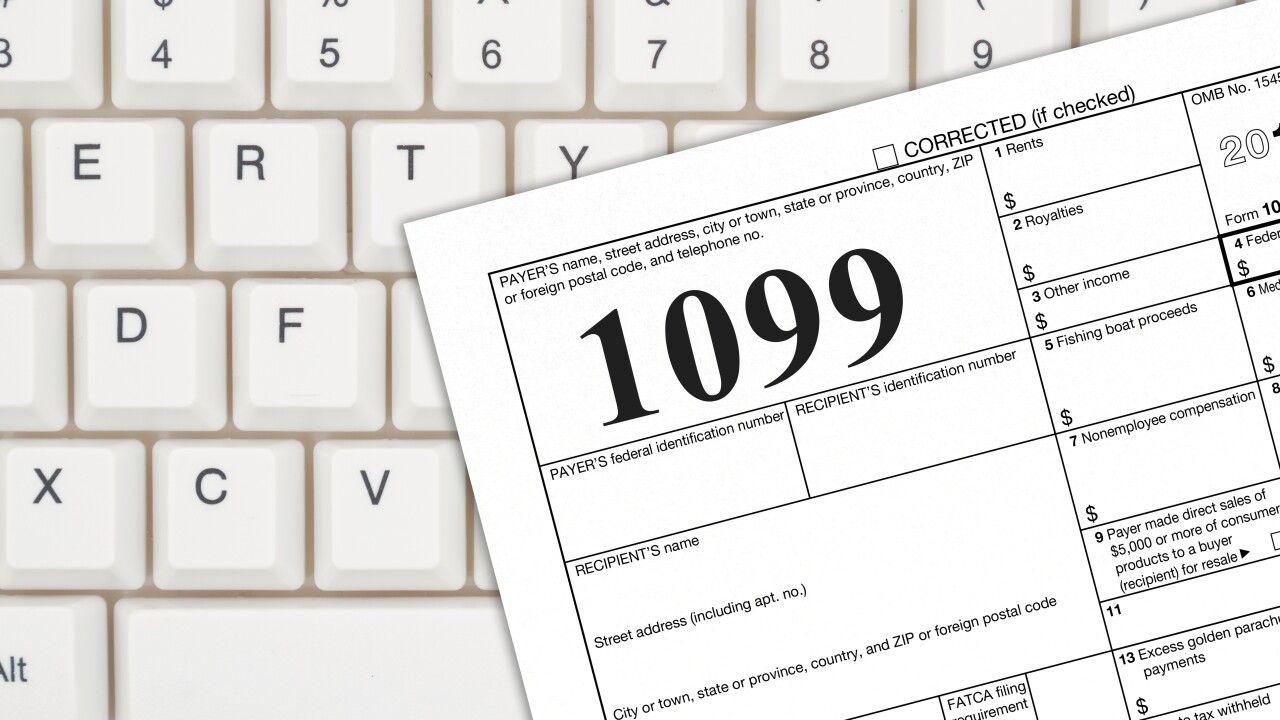The Financial Accounting Standards Board and the International Accounting Standards Board have published a joint set of proposals to account for the impairment of financial assets such as loans managed in an open portfolio.
The joint proposal comes after the two boards had disagreed in earlier versions of the proposed accounting standards for financial instruments on how to treat bank loans, whether at fair value or amortized cost. FASB had earlier favored using fair value measurement for impaired assets, while the IASB favored a “mixed measurement” model using both fair value and amortized cost. With a newly expanded board in place at FASB and a new chairman as of last fall, FASB has now come around to agreeing more with the IASB’s approach, although the IASB is also adopting some of FASB’s proposals (see
International Financial Reporting Standards and U.S. GAAP currently account for credit losses using an incurred-loss model, which requires evidence of a loss (known as a trigger event) before financial assets can be written down. The boards have proposed moving to an expected-loss model that provides a more forward-looking approach to how credit losses are accounted for, which they believe better reflects the economics of lending decisions.
“The FASB and IASB have heard the urgent call for an improved, converged approach to impairment of debt instruments,” said FASB chairman Leslie Seidman in a statement. “We are keenly interested in whether investors think this revised approach provides relevant and timely information about credit losses, and whether reporting entities find the proposed requirements operational.”
The proposals are published as a supplement to an exposure draft published by the IASB in November 2009, and a separate FASB exposure draft published in May 2010. Those exposure drafts outlined different methods to account for credit impairment. Since then, the boards have worked to align their approaches. In doing so, they have sought to take account of responses to the original exposure drafts and recommendations made by the Expert Advisory Panel, an external group of risk management experts tasked with considering the operational consequences of applying an expected loss model as well as responses to the FASB proposal.
"A major complaint in the financial crisis was that when loan losses were recognized, it was a case of ‘too little, too late,’” said IASB chairman Sir David Tweedie in a statement. “Such a situation highlighted the need for a more-forward looking approach to loan losses to ensure provisions are made much earlier than before. The proposed move to an expected loss model will address this issue, in addition to aligning IFRS and U.S. GAAP.”
The supplementary document is open for public comment until April 1, 2011 and can be accessed via the IASB and FASB Web sites. During the consultation period, the IASB and FASB will undertake further outreach to seek views on the supplementary document.
Commenting on the new joint IASB/FASB proposal, Dr. Nigel Sleigh-Johnson, head of the Institute of Chartered Accountants of England and Wales’ Financial Reporting Faculty, said, “The previous IASB proposals were deficient in a number of ways. They may have resulted in confusing accounts that may have been difficult to verify. There were also severe doubts they could be put into practice by IFRS reporters. The board has rightly listened to stakeholder feedback and reconsidered its direction.”
An interactive webcast by the IASB on the proposals will be held at 5:00 am Eastern time on February 4, and repeated at 11:00 am Eastern time on the same day. To register, click
A summary of the proposals in the form of an "IASB Snapshot" is available to download





